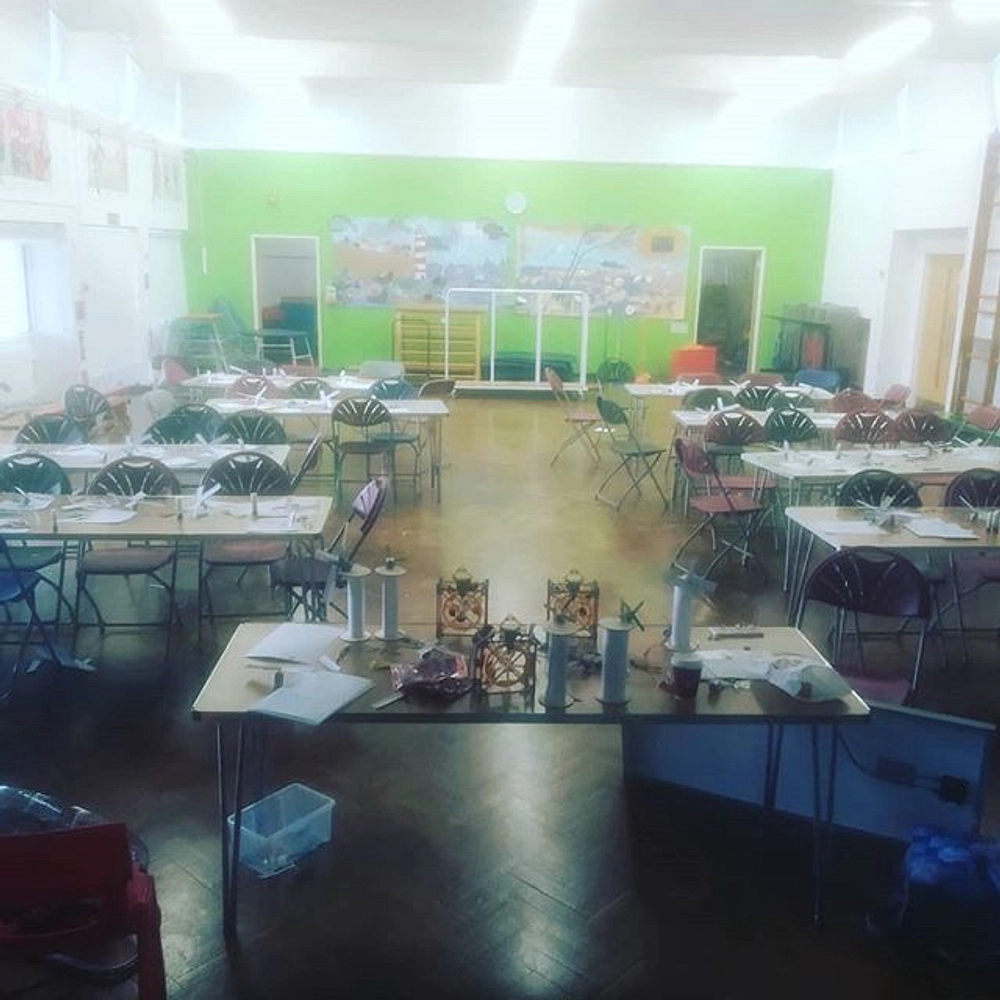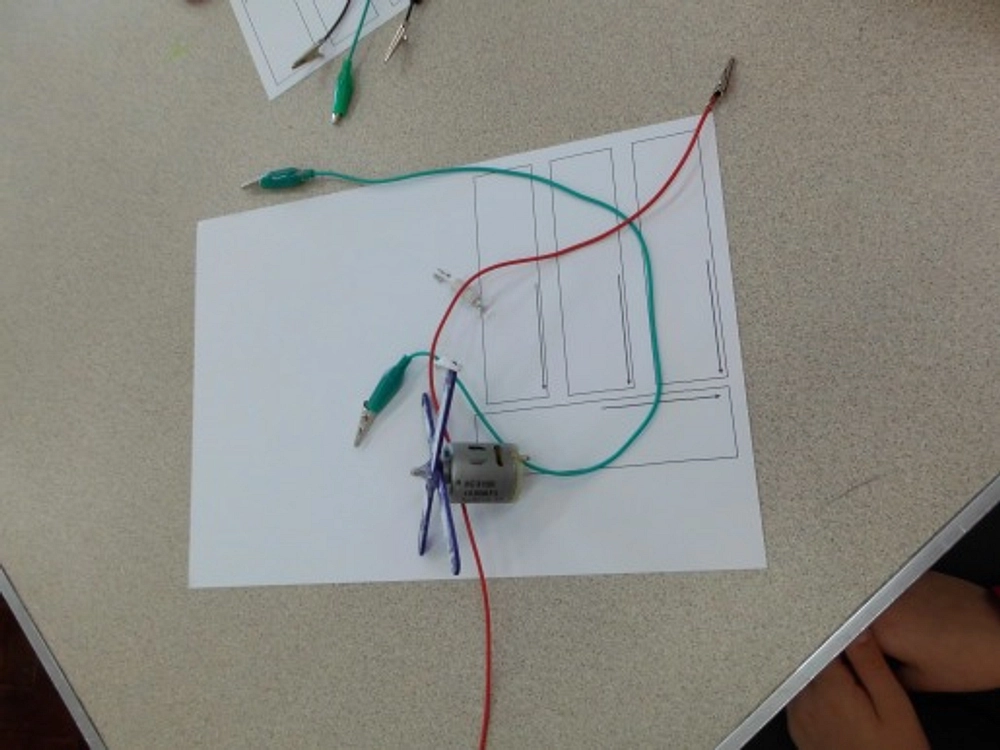It's all well and good talking about climate change to children, but how can we get them involved in sustainability ideas from a young age? This was the reason we developed our Energy Workshop with renewable-energy at his heart.
When I started developing Science, Technology, Engineering, Mathematics (STEM) workshops, I was determined to come up with some practical ideas related to sustainability which children can do in classrooms. Additionally, as an engineer, I wanted them to have a feeling of what it was like to build something and see it in action. It is ultimately that reward that will get them interested in STEM.
|
Windmill Kit Parts |
Watch Windmills Generating Power |
I selected renewable-energy as the topic for the sustainability workshop. However, developing a renewable-energy workshop for school classrooms was no easy task. Consider some of the most common renewable energy sources such as wind, hydro, and tidal power; none of which are available within the walls of a school classroom. I could have designed some workshops around solar power, but this would have been unreliable as the amount of sunlight can vary in a given day. Moreover, some classrooms have no windows and the power generated by internal lights are too low. It became clear after some time that I would have to simulate the conditions within the classroom to be able to run an energy workshop.

I turned to wind power because it was the easiest to simulate and this could be done easily using a fan. However, the amount of wind-generated by a fan is relatively small, and this meant I had to experiment with various mini generators and light combinations to develop a working windmill that could generate sufficient power to light an LED. Additionally, the windmill had to be cost-effective and simple enough to be built by children even young as five-years-old. I performed a few calculations and bought around a dozen mini generators to find the right combination of wing blade material, wires and lights. I was able to get the windmill to work 100% of the time. It needed to work 100% of the time for reliability. It took around three weeks to develop the final kit, and personally, it was very satisfying to get it all together in the end and see it working so smoothly (see the video above).
The first workshop we trialled in a school was such great success with the primary school children. They loved putting together the kit and watching the LED glow as they held the windmills to the fan. It quickly became our most popular workshop. My efforts were summed up at the end of one session when a child said, "I know all about windmills now".
You can explore the full contents of our Renewabl Energy workshop content here.





